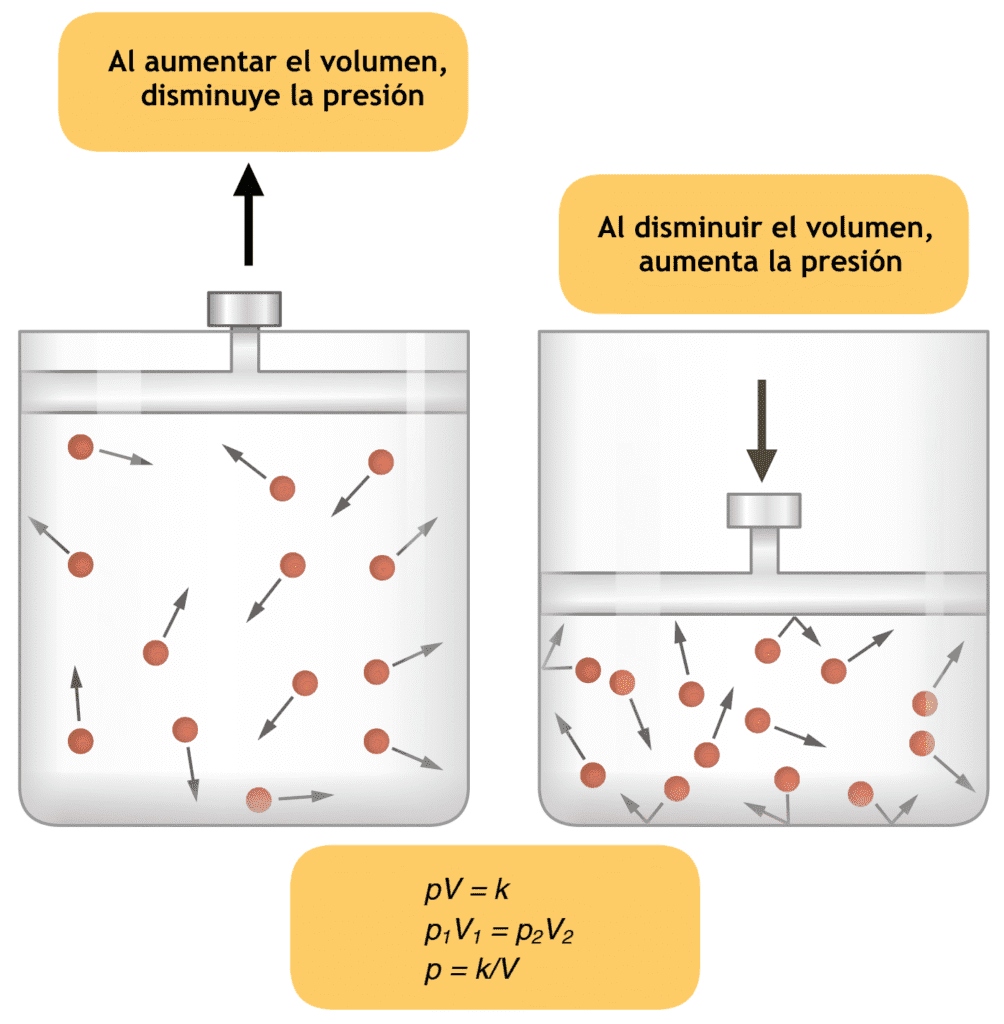Anesthesia for Carotid Endarterectomy is of proven benefit to reduce the risk of stroke in patients with high-grade stenosis of the internal carotid artery. Since the disease is atherosclerotic in origin, these patients often are prone to a variety of cerebrovascular and myocardial complications during the perioperative phase.

Anesthesia for Carotid Endarterectomy demands excellent haemodynamic stability due to the risk of perioperative myocardial damage.
A deep or superficial cervical plexus block is often used to provide regional Anesthesia for Carotid Endarterectomy . Simple local infiltration (field block) has also been widely used as an effective technique. General anaesthetic techniques that have been used include inhalational agent based, narcotic-based or hypnotic-based.
Neurologic assessment of the awake patient is the gold standard for neurologic monitoring during Anesthesia for Carotid Endarterectomy . Regional anaesthesia allows a continuous neurologic assessment.
With general anaesthesia, electroencephalography is the best neurologic monitoring tool. However, EEG may not indicate cerebral ischaemia if barbiturates are administered concurrently.
Though clinicians differ in their opinion regarding the anaesthetic technique, no clear evidence has yet proven one method to be superior. Perioperative outcome was not influenced by the choice of anaesthetic technique.
Several studies have shown significantly improved haemodynamic stability with regional anaesthesia when compared with patients undergoing Anesthesia for Carotid Endarterectomy under general anaesthesia.
Watts et al recently compared the outcome of Anesthesia for Carotid Endarterectomy performed under local versus general anaesthesia in 548 patients and no difference in postoperatie stroke or death rates was found. However, local anaesthesia was associated with a lower incidence of shunting, less operative time and less postoperative haemodynamic instability, though haemodynamic instability was not defined.
Miller’s Anesthesia 7th edition says about Anesthesia for Carotid Endarterectomy :
“Anesthetic management goals for carotid endarterectomy include protection of the heart and brain from ischemic injury, control of the heart rate and blood pressure, and ablation of the surgical pain and stress responses. These goals must be achieved with another important goal in mind—to have an awake patient at the end of surgery for the purpose of neurologic examination.
The preoperative visit is particularly important in patients undergoing carotid surgery. During this visit, a series of blood pressure and heart rate measurements are obtained from which acceptable ranges for perioperative management can be determined. Patients are instructed to continue all long-term cardiac medications up to and including the morning of surgery.
Unless contraindications exist, aspirin therapy should be continued throughout the perioperative period. As noted earlier, discontinuation of aspirin therapy may be related to an increased rate of MI and transient ischemic events in patients undergoing carotid endarterectomy.

When patients arrive at the hospital on the day of surgery, they are queried regarding any new cardiovascular or cerebrovascular symptoms. Long-term cardiovascular medications not taken at home should be administered in the preoperative holding area whenever possible.
Patient reassurance is particularly important at this time because anxiety is associated with increases in heart rate, systemic vascular resistance, and myocardial oxygen consumption, which in this patient population could precipitate significant cardiac morbidity. “

